For centuries, wool has remained one of humanity’s oldest and most adaptable natural fibers, deeply ingrained in our daily lives. Within this extensive exploration, we embark on a profound inquiry: How is Wool Made Into Fabric?
What Is Wool Fabric?
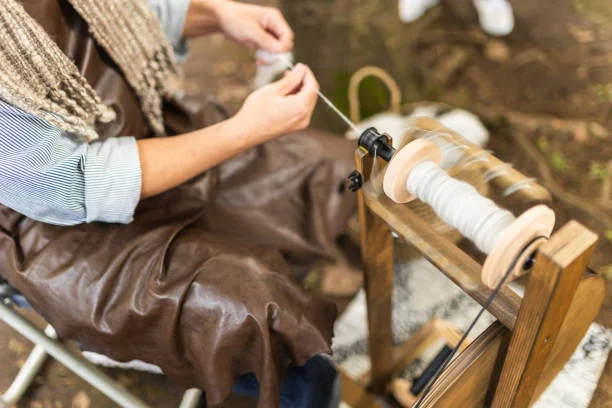
Wool represents a class of textiles originating from the hair of diverse animals. Though commonly associated with sheep, wool encompasses a spectrum of variations derived from various animal sources. The manufacturing process involves harvesting the animal hairs, spinning them into yarn, and subsequently weaving the yarn into textiles such as garments.
Renowned for its durability and exceptional thermal insulation properties, wool owes its insulation capabilities to the natural properties of the animal hair it comprises. The diverse range of animals contributing to wool production ensures a variety of wool types, each with distinct characteristics and benefits. These characteristics may include the inherent insulative properties that help regulate the temperature of the animal throughout winter months.
In essence, wool emerges as a versatile and enduring fabric, offering a blend of functionality and comfort derived from the unique attributes of animal hair.
How is Wool Made Into Fabric?

How is Wool Made Into Fabric? Wool, derived primarily from sheep but also from other animals like goats (cashmere and angora), is renowned for its warmth, softness, and durability. Before it can be transformed into fabric, wool undergoes several stages of processing.
Step 1: Shearing the Wool
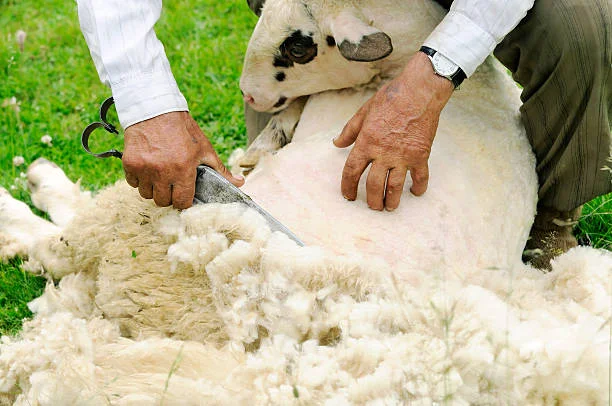
The journey of wool begins on the farm, where skilled shearers carefully remove the fleece from the sheep using specialized tools. This process, known as shearing, ensures that the sheep remain comfortable and healthy while providing a renewable source of wool.
Step 2: Sorting and Cleaning
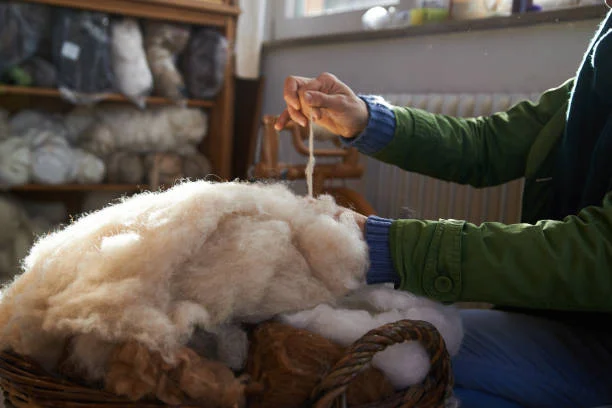
Once the fleece is removed, it undergoes a meticulous sorting process. Skirted and undesirable portions are removed, leaving behind high-quality wool fibers. The wool is then thoroughly cleaned to remove dirt, grease, and impurities through scouring.
Step 3: Carding and Combing
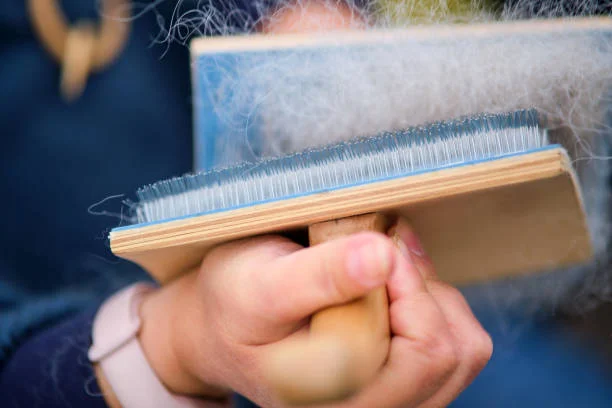
Next, the cleaned wool undergoes carding and combing processes to align the fibers and remove any remaining debris. Carding involves passing the wool through a series of wire brushes, while combing further refines the fibers, creating a smoother and more uniform texture.
Step 4: Spinning into Yarn

After carding and combing, the wool fibers are spun into yarn using spinning wheels or modern spinning machinery. This process twists the fibers together, strengthening them and preparing them for weaving or knitting.
Step 5: Weaving or Knitting

Once the yarn is spun, it is ready to be transformed into fabric. In the weaving process, the yarn is interlaced on a loom to create a tightly woven fabric. Alternatively, in knitting, the yarn is looped together to form a flexible and stretchy fabric.
Step 6: Finishing Touches
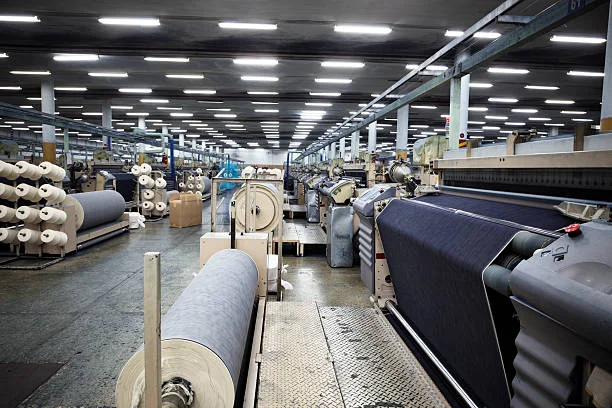
After weaving or knitting, the fabric undergoes various finishing processes to enhance its appearance and performance. This may include treatments such as dyeing, brushing, or pressing to achieve the desired color, texture, and finish.
How Is Wool Fabric Used?
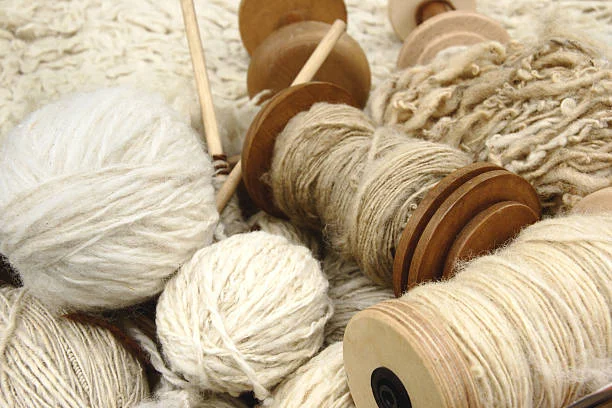
Wool fabric is versatile and widely used across various domains. It’s employed in fashion for crafting apparel like sweaters and jackets, adds warmth and comfort to home furnishings, provides durability and insulation in outdoor gear, offers style and functionality in accessories, serves industrial purposes like filtration and insulation, and is used creatively in art and crafts through felting, weaving, and knitting.
Wool’s adaptability and exceptional qualities make it indispensable in numerous applications.
Exploring Wool Fabric Varieties
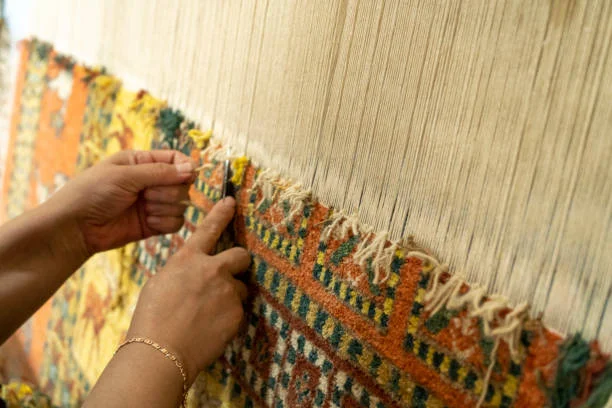
Wool fabric comes in a myriad of varieties, each with its unique characteristics and applications. From luxurious cashmere made in Italy to rugged wool fabric produced in the USA, there’s a wool fabric to suit every need and preference.
Fabrics Made from Wool: Exploring the Options
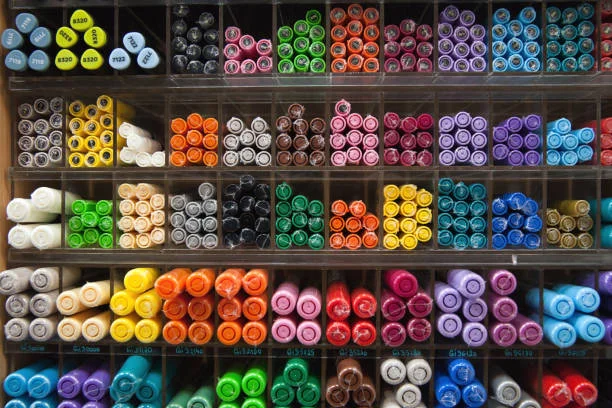
Wool is not only used in its pure form but also blended with other fibers to create innovative fabrics. From wool blends with silk for added luster to wool and angora blends for enhanced softness, the possibilities are endless.
The Environmental Impact of Wool Fabric

In addition to its remarkable qualities, wool is also an eco-friendly choice. It is biodegradable, renewable, and sustainable, making it a preferred option for conscious consumers looking to reduce their environmental footprint.
Conclusion
In conclusion, the journey of wool from fleece to fabric is a testament to the timeless artistry and craftsmanship involved in textile production. By understanding the intricate process of how wool is made into fabric, we gain a deeper appreciation for this extraordinary natural fiber and its role in our lives.
As we continue to innovate and explore new techniques, wool fabric remains a timeless symbol of quality, comfort, and sustainability in an ever-changing world.
If you want to know How is Wool Made Into Fabric? Come and read our article.
